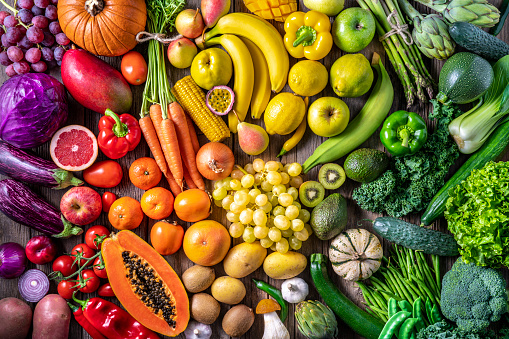Due to the pandemic, dining is no longer an option in many countries. Besides that, a new shift is being observed in the food industry. People are primarily purchasing packaged meals from grocery stores.
Additionally, many are having food delivered from various kitchens for reliability. Finally, most consumers are craving food that is visually appealing. And, of course, restaurant closure has made this difficult.
However, as per research, food color plays an integral role in consumer behavior. Here is everything you need to know about this.
Which Things Are Influencing Consumer Decisions Now?
According to an expert NY-based chef, people are looking for food products with clean labels. Even a survey by International Food Information Council confirms this. As per research, 63% of people admitted that ingredients influence their buying decision.
People want more products in the market with short ingredient lists. That is because these are deemed clean. Additionally, words have a huge impact on the consumer. For example, a food survey showed a strong reaction of consumers towards natural ingredient sources.
Lastly, the coloring of the food also affects consumers. As per Emerald Insight, 90% of consumers decide on buying after seeing food color. The shade also allows individuals to have a perception of taste. That is why chefs and companies need to use visually appealing colors.
What Are The Natural Food Coloring Sources?
There are many natural compounds that allow food coloring. Many flowers contain colorful pigments. These include anthocyanin, chlorophyll, and carotenoids. However, the best ingredients for adding color to food are different. They include:
- Fruits
- Vegetables
- Edible Plants
Chefs mainly use these three compounds for offering color to food. They do this by chopping up the source material first. After that, the material is heated. Then the juice extract is filtered and added to the food for color.
The best part about using any of the three compounds for food coloring is that they allow the product to have a clean label. Not only that, but it is easier to put them on the ingredient list.
How Can You Identify The Food Coloring Source?
You may believe that there is no way to differentiate coloring sources on products. However, you’re mistaken. Compounds that are used to add color have “(for color)” printed in front of them.
Though there is one thing that you should keep in mind. If the coloring came from the actual food source, then nothing would be mentioned. For example, a pumpkin soup is orange colored because of the pumpkin. No additional ingredient is incorporated to add color.
Final Words
That was all you needed to know about the impact of food coloring on consumers. Creativity is the key to enhancing sales of packaged foods. People typically associate taste with color.
Hence, it is necessary for food items to have appealing colors. Many chefs understand this and are using methods to improve techniques. A consumer is more likely to buy a product with natural food coloring source.

